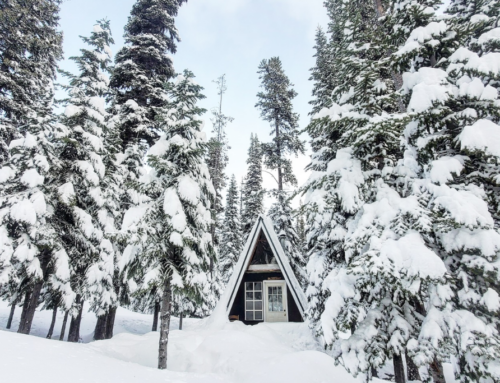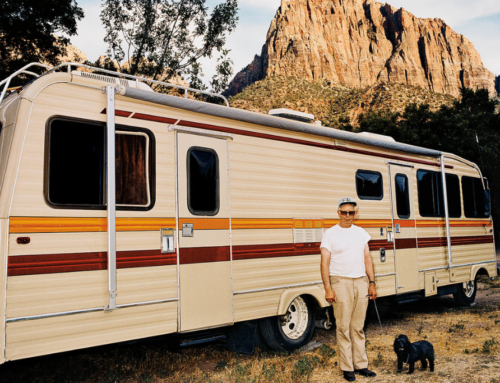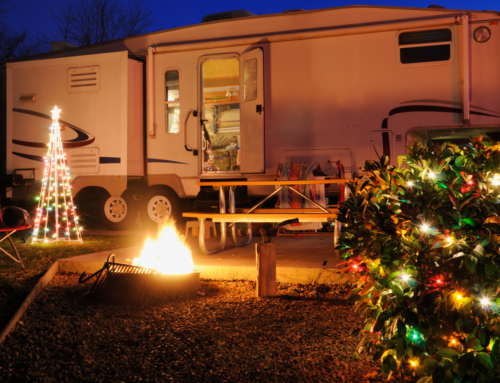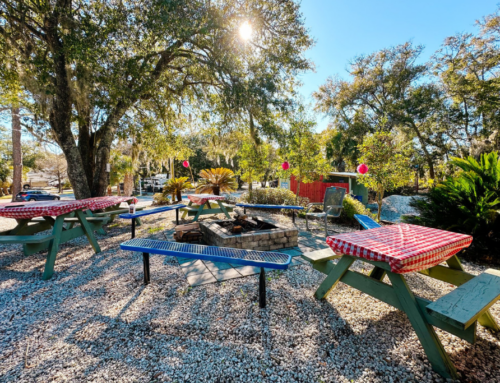GoCampingAmerica.com | Posted May 2nd,
2016
How Camping Has
Changed!
Happy Camper Blog
Camping sure has come a long way over the decades, but it
didn’t start out as the great form of recreation as we know it today. It was
actually born out of necessity. Back in the days when explorers, prospectors
and others in search of a better way of life crossed the American plains,
they had no other option but to set up camp (as primitive as these camps may
have been) along the way.
It’s hardly surprising that kids were eventually drawn to camping
as a form of recreation. Organized youth camping in the U.S. dates back to
1861 when Frederick William Gunn and his wife Abigail started a boys’ camp at
the Gunnery School for Boys in Washington, CT. Girls got in on the adventure,
too, when the first YWCA (Young Women’s Christian Association) camp was
founded in 1874 to provide a vacation for “tired young women wearing out
their lives in an almost endless drudgery for wages that admit no thought of
rest or recreation.”
After the end of the Civil War, cities expanded, and by 1880, a
quarter of the U.S. population lived in urban areas. The lure of returning to
nature became very appealing to these city dwellers and people started
camping for enjoyment by heading out to explore wildness areas on foot, on
horseback or by canoe.
Around the turn of the century, a huge revolution occurred in
recreational camping when the automobile was invented and auto camping was
born. Americans were now free to travel longer distances to see more of the
country, and Henry Ford even encouraged his auto dealers to provide
prospective buyers with free maps and guides. One enterprising man decided to
invent a way to pack more supplies for these longer trips, and an early
version of the tow-along travel trailer was born. It was a “spacious”
three-foot square open box about 12 inches high mounted on an
axle.
The years after World War II brought about another major
development in the world of camping. People found themselves with more
leisure time and manufacturers started creating new, more advanced (and more comfortable)
ways for campers to hit the road, including fifth wheels, travel trailers,
truck campers and RVs. By the late 50s, America’s love of camping was on the
rise.
As more and more Americans set out on camping adventures in the
60s, 70s and beyond, the manufacturers of camping equipment and recreational
vehicles rose to the challenge by creating new ways to enhance the
experience. The primitive bell tent which was designed by a Confederate army
officer in 1855, gave way to lightweight models that are easy to transport
and set up, and the first RV, Pierce-Arrow’s Touring Landau, complete with
its fold-down bed and chamber pot, has been replaced by luxurious Class A RVs
that allow their owners to enjoy the great outdoors without giving up the
comforts of home.
Along the way, campgrounds have also evolved to meet the changing
needs of campers who now have a wider choice of accommodations, amenities and
activities than ever before. But one thing hasn’t changed: America’s
longstanding love affair with camping is alive and well and new generations
are now discovering the joys of one of our country’s favorite
pastimes.





